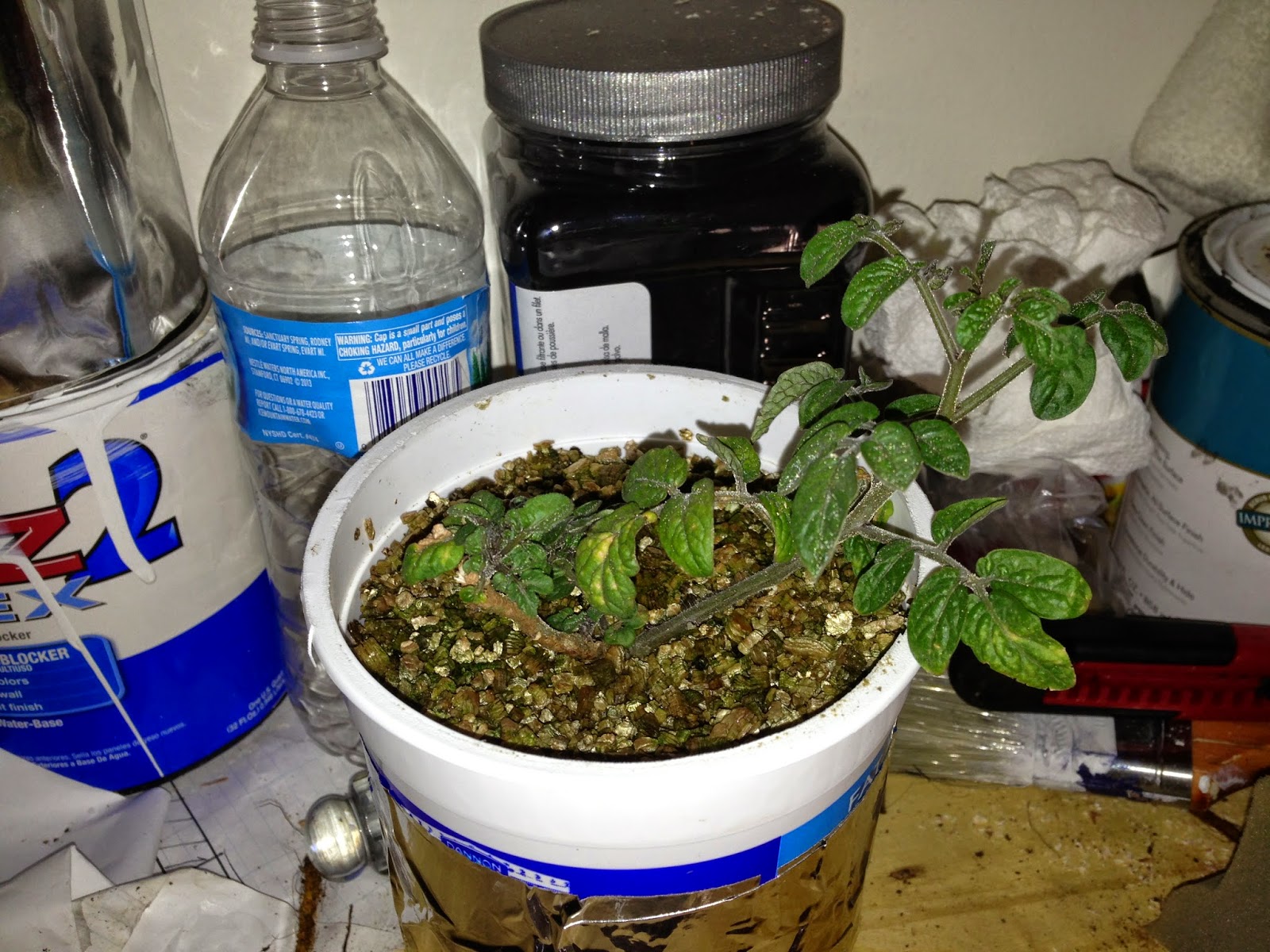Here is a quick picture update of the plants.
Here is the oregano and an easter lily that has already flowers. Some bulbs are forming under the coco coir, though the squirrels have already tried to get them. May come up with something to keep them out.
Here are the tiny tim tomatoes. There are lots of small tomatoes already. This plant is a quick producer.
Here are the banana pepper plants. There are actually four in the one bucket. Seems to be doing ok so far. About 13 peppers of various sizes so far and many more flowers forming.
Not a great picture but here is one of the black cherry tomato plants. Probably about ten small tomatoes on this one so far.
Here are the wild alpine strawberries. It is their first year growing so I should not expect much fruit. But I am getting some fruit and it is very sweet and flavorful.
Here is the larger black cherry tomato plant. Probably 6 good size tomatoes and many small ones so far. After I took this picture I tied the branches up so they weren't blowing in the wind without support.
Here is something new I am trying out. It is essentially a hempy bucket without the perlite. Just hangning the perlite cup in the reservoir with holes cut in the cup. The roots have grown into the nutrient water reservoir which I am flushing as if it were a hempy bucket. So far it is working out. I am excited not to spend so much money on perlite. This plant is a white cherry tomato plant my wife received as a gift from the Chicago Botanic Gardens. I will have to post pictures of the roots later. Kind of cool.
Here is one of the zucchini plants I have going. This one went into a larger hempy bucket before the zucchini plant pictured next. It shows as the next plant looks much more nitrogen deficient.
Zucchini plant 2.


































